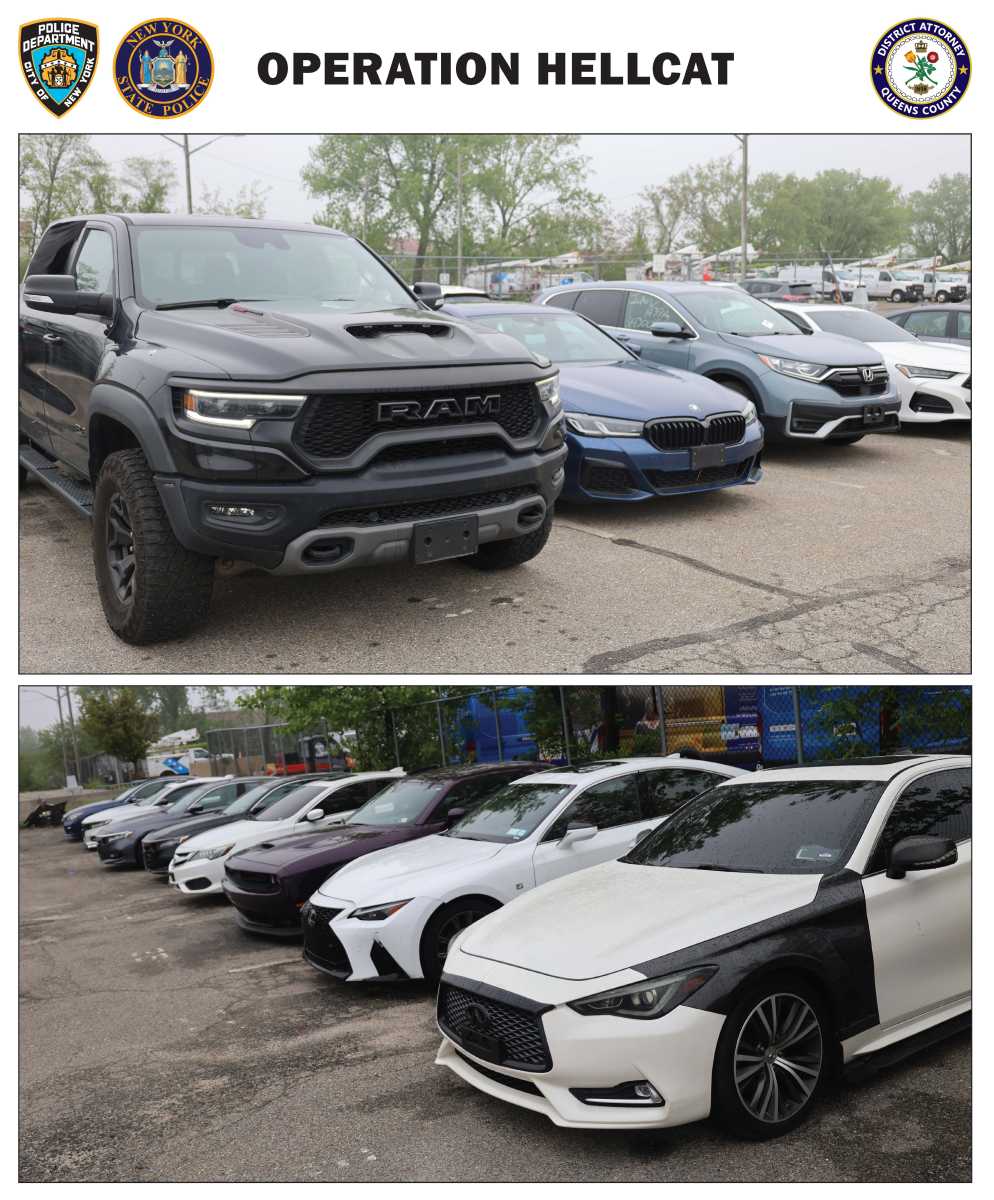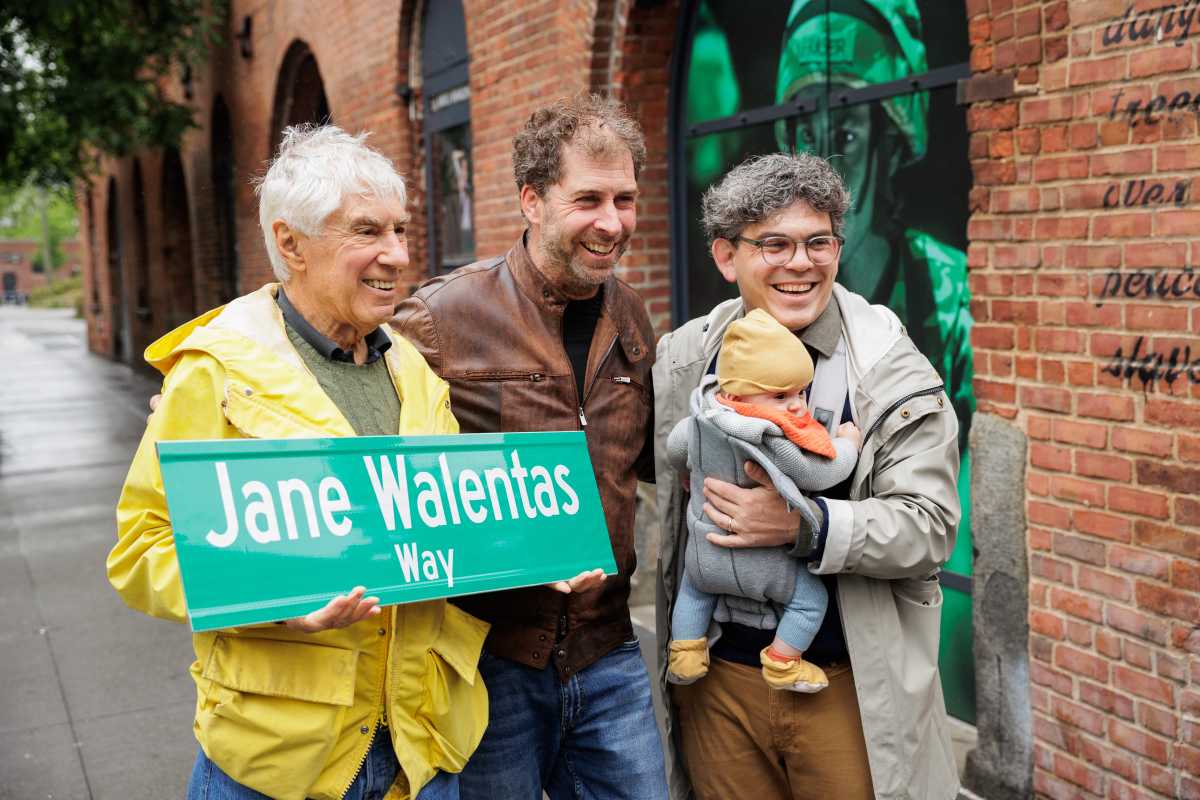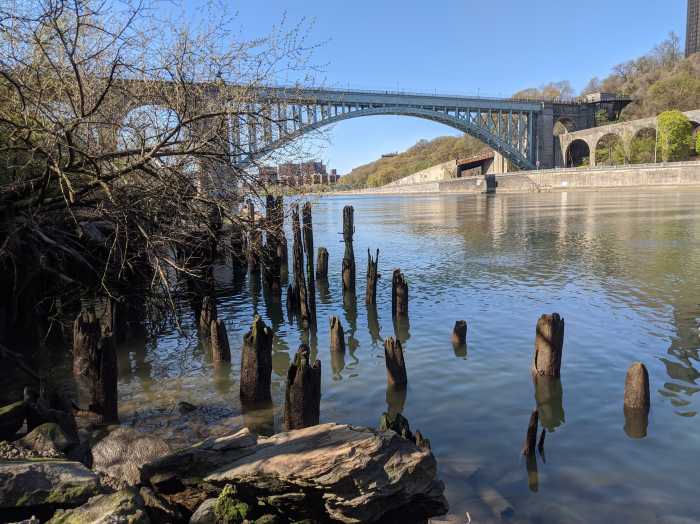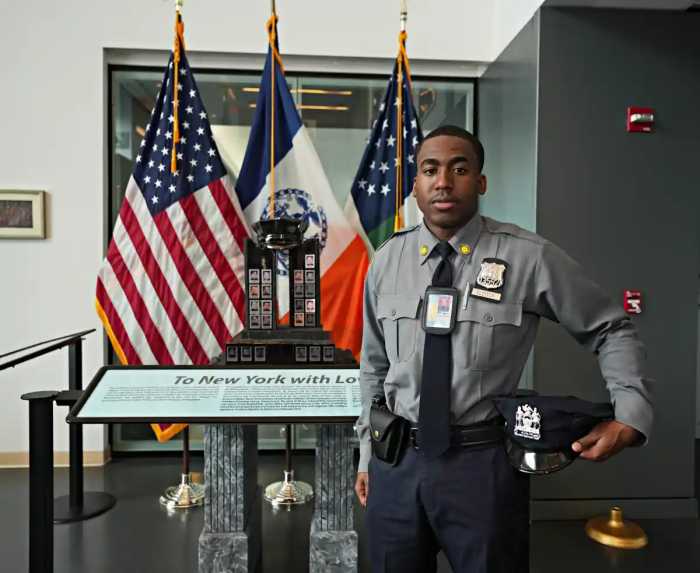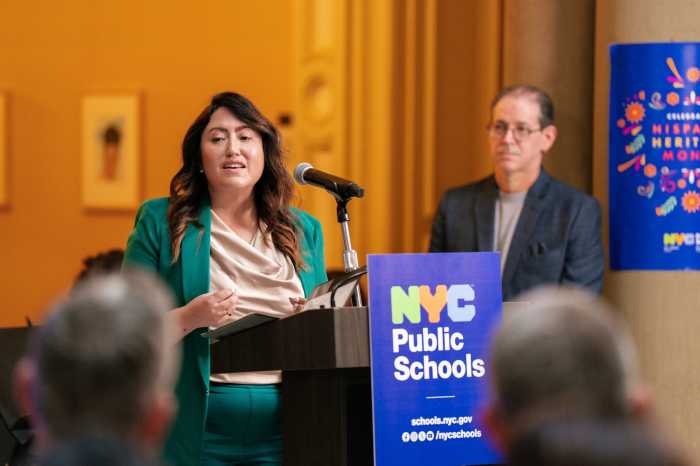By Julie Shapiro
Heavy rains last August deluged the subway ventilation grates from Lower Manhattan to Queens, sending water cascading onto platforms and tracks, immobilizing trains across the city.
To prevent the ventilation grates in Lower Manhattan from becoming storm sewers, New York City Transit is raising a handful of low-lying grates 6 inches. So people don’t trip over the grates, the agency is planning to put benches on either end and a bike rack on top.
Community Board 1’s Landmarks Committee got a first look at the plans last Thursday, and they roundly denounced the designs as intrusive to the Tribeca South and Tribeca West historic districts. The committee also berated the financially struggling Metropolitan Transportation Authority for spending money on what the committee saw as an unnecessary project.
Complicating the board’s reaction was the fact that Judy Duffy, Board 1’s former assistant district manager, gave part of the presentation. Duffy is now assistant director of government and community relations for New York City Transit.
“I would do anything for Judy, but this is tough,” said Bruce Ehrmann, co-chairperson of the Landmarks Committee. “I think this is absurd, when the M.T.A. is struggling with a deficit, to mitigate for a hundred-year storm. I think it’s an absurd expenditure of money… In every respect it’s unacceptable.”
He was objecting to raising the grates and adding benches and bike racks, but the M.T.A. is raising the gates for public safety and does not need city approval. After hearing the objections, Cas Zdanius, head of industrial design with Grimshaw Architects, said the M.T.A. and the city were trying to come up with a functional, visually appealing solution to the potential problem of people tripping over the raised grates. If the M.T.A. does not add the benches and bike racks, they would need to put a fence around the grates, and that would be even less appealing, Zdanius said.
He added that the new grate designs also eliminate about 40 percent of the current ventilation grates, so the public will be getting more sidewalk space back.
New York City Transit does not know how much the grate improvements will cost, spokesperson Deirdre Parker said. The agency, which is a division of the M.T.A., plans to complete the project before summer 2009.
Like the current grates, the raised ones will be several feet wide and 16 to 24 feet long. Blocky, L-shaped benches without backs will sit at either end, designed to discourage people from staying a long time or lying down. Between the benches, a metal rod will spiral across the grating, providing niches where cyclists can lock their bikes.
The Landmarks Committee rejected the design 5 to 1, and the full board agreed unanimously, but the plans will likely go forward because C.B. 1’s opinion is only advisory. The Landmarks Preservation Commission approved the design unanimously on Tuesday, and the city Arts Commission and Department of Transportation also approved. Landmarks commissioners were receptive to the design and raised no concerns during a brief discussion before the vote Tuesday.
N.Y.C. Transit plans to put a prototype of the raised grate, benches and bike rack at W. Broadway and Worth St. at the end of August. Roger Byrom, chairperson of the Landmarks Committee, wants to hold rallies by the prototype to show the community’s disapproval. The board will also speak to the City Council’s Landmarks Committee to see if they can influence the design.
In Lower Manhattan, the raised grates will run on the east side of W. Broadway between Chambers and Reade Sts.; both sides of W. Broadway between Thomas and Worth Sts.; the east side of W. Broadway between Worth and Leonard Sts.; and on the west side of Varick St. between Franklin and Leonard Sts. The grates on these blocks serve the platforms of the 1,2,3 trains.
The bike racks atop the grates fit in with the city D.O.T.’s mission to install more bike lanes, said Zdanius, the architect.
“It looks quite sculptural,” he said of the racks. He called the design “transparent,” but board members disagreed.
“It does not look transparent,” Ehrmann said. “I do not understand.”
Stephen Petrillo, a design manager with New York City Transit, replied that Lower Manhattan’s grate design is smaller and more transparent than the one in Queens, where flooding problems were even more severe and the grates had to be raised higher.
“Those folks are not happy,” Petrillo said of Queens constituents.
But C.B. 1 folks weren’t happy either.
Marc Ameruso thought people sitting on the benches would get slammed with car doors, since the benches are only 3 feet from the curb. Several committee members were worried that W. Broadway between Chambers and Reade Sts. is already too congested, and the benches and bike racks would take away valuable sidewalk space. Almost no one liked the design, which Ehrmann said is out of context with the Tribeca historic districts.
Byrom, the committee chairperson, called the grate improvements “a ridiculous waste of money,” and public member Jeff Ehrlich called the design “a real invasion.”
To make matters worse, New York City Tranit’s rendering of the new grates uses as its background the Western Union building at 60 Hudson St., which neighbors say is noisy and a public health hazard because of the diesel fuel stored inside.
“Oh God, that’s not a good building to choose,” Ehrmann said as the image popped up on the screen during N.Y.C. Transit’s PowerPoint presentation. Ehrmann, who lives across the street from the Western Union building, has been actively campaigning against the building’s uses for years.
With reporting by James S. Woodman











